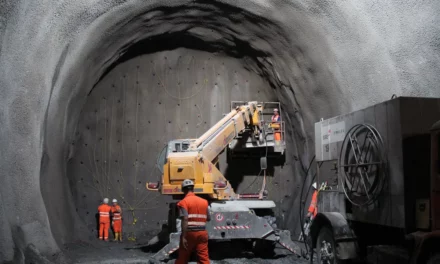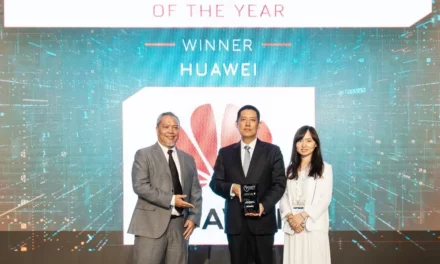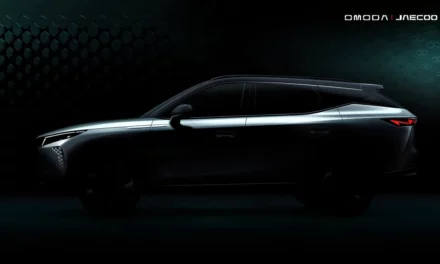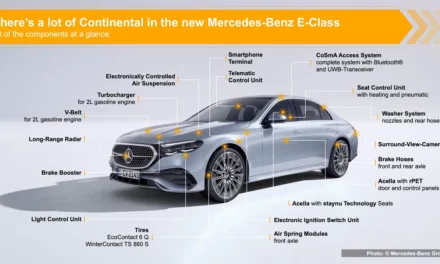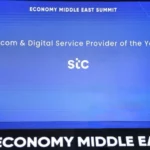
Seven tenets of a modern antenna strategy and why it matters more than you think

Daniele Barbieri, Value Proposition Marketing Director at Ericsson
Knowing where and when to densify or extend coverage and with which spectral assets to meet varying traffic load conditions will make or break your ability to serve this decade’s advanced 5G use cases.
All the while, ambitions for network expansion must be weighed carefully against cost of investment, as well as strict deployment considerations, site energy consumption and site footprint.
It’s like an extreme game of chess. One that’s played out multi-dimensionally, where your opponent’s material continuously change rank and position at will.
It’s widely known that spectrally efficient radio technologies such as multi-band carrier aggregation, spectrum sharing, and Massive MIMO play a pivotal role in unlocking required 5G coverage and capacity peak rate. However, there is another hero in this story, one whose impact is decisive in delivering cost- and energy-efficient 5G performance buildout.
Step forward, the antenna system. As one of the most performance-defining parts of the modern network, antenna systems make a measurable impact on network quality, energy consumption, site footprint and overall total cost of ownership (TCO). So, like chess, strategy is everything.
Here are the seven strategic tenets that will be key to sustaining an efficient and performant antenna rollout for 5G and beyond.
· Tenet 1: ‘Invisible’ innovation unlocks uncompromising multi-band performance: The latest game-changing ‘invisible radiator’ technology on multi-band solutions will be key to meeting this coming generation’s performance and network efficiency demands, delivering beam efficiency gains of up to 85 percent.
· Tenet 2: Energy-saving antenna systems are not just critical for emissions targets, but decisive for network- and business performance: Low-loss multi-band antenna systems play a key role in reducing network carbon emissions, while facilitating continued network densification and expansion. They also contribute significantly to reduced site energy costs.
· Tenet 3: The right antenna performance remains a crucial differentiator for network quality: Designing a high-performing antenna is much like designing an aircraft – where computational fluid dynamics and harsh environmental testing combine to take structural-, mechanical-, and electrical performance to new heights.
· Tenet 4: The long-term value proposition of antenna systems outweighs outlay cost factors: A leading antenna strategy should focus on more than just CAPEX investment, but on long-term value factors such as longevity of performance, energy savings, deployment possibilities, low failure rate, and many others.
· Tenet 5: Multi-layer services are key to unleashing full 5G experience: Multi-layer 5G is needed to unleash the full 5G experience. Service providers can achieve the required spectral efficiency as well as site resource and space savings through integrated and interleaved antenna technologies, including the vital Massive MIMO.
· Tenet 6: Compact antennas are transforming site design: Reducing the size of antenna equipment really does make a difference when it comes to adding coverage and capacity to both existing sites and new dense urban hotspots. In many cases this will require a new approach to site deployment, with novel solutions playing a starring role.
· Tenet 7: Advanced signaling performance can unlock next-level coverage and capacity: Multi-antenna technologies such as beamforming, null forming and spatial multiplexing are essential components to deliver optimal 5G coverage and capacity, however service providers must get the trade off right.
Much like an intricate game of chess played out in multiple dimensions, the success of a modern 5G mobile network hinges on a well-thought-out antenna strategy. The opponent in this multi-dimensional game constantly shifts, demanding adaptability and precision.
Just as strategy is paramount in chess, the seven strategic tenets outlined here are crucial for sustaining an efficient and performant antenna rollout for 5G and beyond. Ericsson, a leader in antenna solutions, is at the forefront of this strategic evolution, pioneering innovative technologies that enable a more efficient and cost-effective 5G performance buildout.
Read More here

